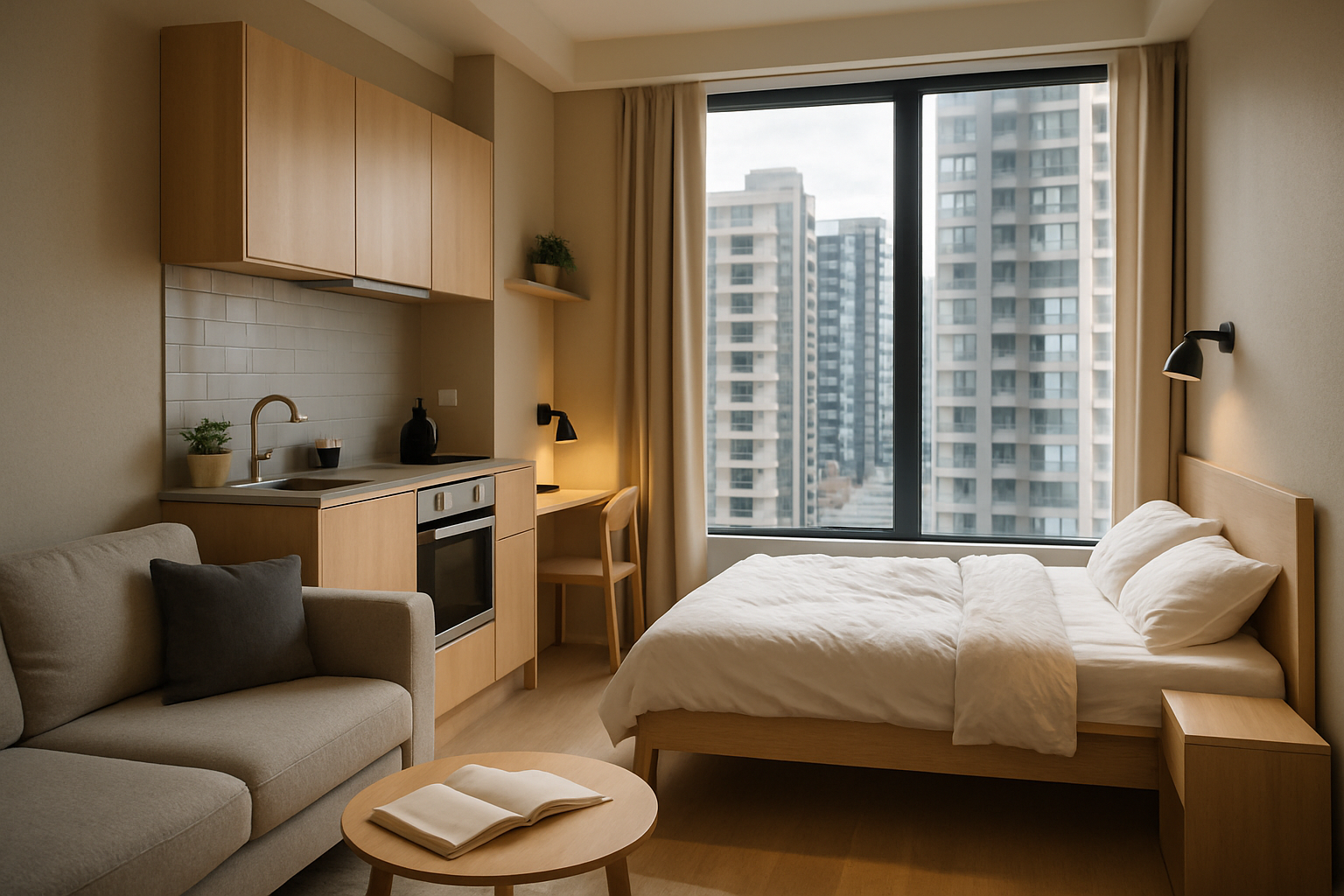Choosing the right size for shared kitchens and studio apartments
Choosing the correct portable dishwasher size helps maximize space, capacity, and convenience in shared kitchens and studio apartments. Consider load frequency, countertop versus freestanding options, and features like energy efficiency, water conservation, noise levels, and mobility when evaluating which model fits your living situation.

Choosing a portable dishwasher for a shared kitchen or studio apartment requires attention to usable space, how many place settings you typically generate, and how the unit will be installed and moved. Small living spaces demand a balance between capacity and footprint; in communal kitchens, durability and ease of use for multiple people become priorities. Evaluate how often you run cycles, whether you need plug-and-play convenience, and how noise, water consumption, and energy use will affect daily routines. Measuring counters, doorways, and typical dishloads ahead of purchase reduces surprises and helps match features to real needs.
How to assess capacity for small space
Capacity is the practical starting point. Portable countertop and compact freestanding models advertise capacity in place settings or rack volume; typical countertop units accommodate roughly 2–6 place settings, while compact freestanding machines can reach 8–10. In a studio, a smaller unit that matches your single-person dishloads may be ideal; in a shared kitchen, select slightly higher capacity to handle multiple users without excessive cycle frequency. Consider typical cookware size too: tall pots and large pans may not fit in some compact racks, so check internal dimensions and adjustable-rack features before deciding.
Countertop or compact: which fits your kitchen?
Countertop models are attractive for renters and students because they are plug-and-play and require minimal installation, often connecting to a faucet adapter. They preserve floor space but use counter area that might otherwise be for prep. Compact freestanding units occupy more floor footprint but usually deliver better capacity and heavier-duty components suited to shared kitchens. Think through meal prep habits and the available counter versus floor space: a compact freestanding model may serve communal needs better, while a countertop unit often suits a single occupant wanting maximum mobility.
Energy efficiency and water conservation considerations
Energy use and water conservation influence long-term costs and environmental impact. Many compact dishwashers use less water per cycle than handwashing when run full, but efficiency depends on cycle type and frequency. Look for models with energy labels or published water-consumption figures per cycle and choose eco or quick cycles when appropriate. Remember that smaller machines require more frequent runs if capacity is undersized, which can negate per-cycle savings. When comparing models, prioritize those with lower annual energy consumption and explicit water-use specifications.
Mobility, plug-and-play, and installation options
Mobility is a key benefit of portable units. Plug-and-play countertop dishwashers typically connect to the sink via a hose and faucet adapter and run from a standard electrical outlet, making them easy to relocate. Freestanding portable units may require a short drain hose routed to a sink or floor drain but often avoid permanent plumbing changes. Before buying, measure doorway widths and counter heights, verify plug type and amperage requirements, and confirm any required adapters are included. A model that can be moved without disassembly is especially useful for renters and rotating shared-kitchen setups.
Maintenance and noise in shared kitchens and studios
Regular maintenance keeps performance reliable and prevents odors—clean filters, wipe door seals, and descale as recommended. In shared kitchens, agree on shared responsibilities for unloading and basic cleaning to minimize misuse. Noise ratings matter in studio apartments where the dishwasher runs near living areas; decibel (dB) ratings offer a comparison metric, and models under ~50 dB are generally quieter. Note that some compact models can produce noticeable noise during short, intense cycles even if their average dB rating is moderate. Read user feedback to understand real-world noise levels and maintenance ease.
Smart features and everyday usability
Smart features can simplify shared use: Wi‑Fi connectivity, cycle notifications, and delay-start timers let different users coordinate runs without being present. Presets for delicate glassware, half-load modes, and indicators for rinse aid or salt levels reduce guesswork and maintenance. However, simplicity often matters more in communal settings—choose interfaces that multiple users can operate easily without training. In studio apartments, remote-start and scheduling can allow a cycle to finish before you return home, but weigh any added power use or subscription features against real benefits.
Choosing the right size and feature set for a portable dishwasher in a studio or shared kitchen involves measuring space, evaluating typical loads, and considering installation and mobility needs. Balance capacity against frequency of use, prioritize models with clear energy and water-consumption data, and factor in noise and maintenance expectations for the living environment. A carefully matched unit improves convenience and efficiency without compromising limited space.






